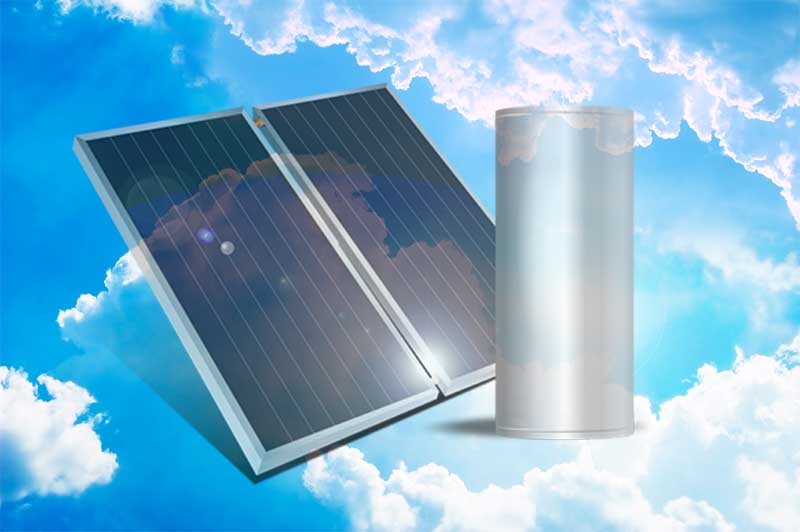



Maintenance on solar geysers are very low especially if the solar geyser is SABS apporved. Purchasing a solar geyser from a trusted solar geyser supplier, you get a 5 year assurance on your product. Electrical geysers can utilize 30% up to 50% of a households electricity consumption. A solar geyser can minimize the amount of heating water drastically. According to Eskom, a 200L solar water heater saves 3000kWh annually. This is about R3300 on electricity bills for heating water With the currently rising of electricity prices, this is just getting worse on monthly bills. users of solar geyser and solar energy products are already saving 30% on their electricity bills on average.
Setup costs for installing a solar geyser, might seem high at first. But, considering the increase of elecricity costs, the payback period of a solar geyser hss been reduced. The average payback period currently on a single solar geyser is four to six years. This all depends on the quality solar geyser, how it is installed and which solar geyser supplier was selected for your solar geyser installations. When one decides to buy a solar geyser, cost should not be the only consideration but also solar geyser price and performance.
Converting to a solar geyser is the best choice to make. You don't just save the environment but also on electrical energy usage in your home. By converting to solar using an integrated high pressure solar geyser solution is a great choice. The solar water heater will provide you with enough hot water just like an electricity geyser would. For most people an integrated high-pressure solar geyser can be costly. Therefore, converting to solar has other more populat options.
Flat panel solar geysers are as the name suggest, flat panels. It is the easiest and most basic way to convert to solar. As being highly popular, it is also very effienct to providing hot water to your home. Also, flat panel solar geyser conversions may add a modern look to your modern home due to it being installed flat on our roof. Converting to a flat panel solar geyser means you keep your existing electrical geyser as a backup storage tank for hot water. Also, flat panel conversions are frost protected due to the high quality materials which they are made from. Basically, there is no maintenance required if the solar system is installed correctly.
Cold water flows into the bottom of the water storage tank. Heat transfer fluids gets circulated after cold water reached the tank and the heat tranfer fluid heats up the cold water. This process happens after the radiant energy is converted to heat in the solar collector. After the fluid is heated, the circulation process is strated to heat the cold water. Heat tranfer fluid is usually just a mixture of water and ethylene glycol. Your water and the heat transfer fluid never mix with each other and is kept safely apart in the process.
An evacuated tube solar geyser conversion is designed to convert your electrical geyser to a direct solar geyser system. Evacuated solar tube conversions uses glass tubes to absorb solar energy from the sun. Also, a 12V pump is used for circulation and the system includes a photo-voltaic solar panel to power the pump. A Geyserwise system can also be used to regulate the temperatures between the tank and the solar panel. The evacuated tube solar conversion can consist of many glass tubes depending on the size and hot water requirements of your household. The water tank to store the water is in your home while the retrofit tube collector is mounted to your roof. Water from the storage tank is circulated through the evacuated tube collector by the 12V circulation pump. Therefore, solar energy is transferred into the storage tank and heating the water directly. This is a very effective solar water heater system to produce hot water and is also very popular in South Africa. Contact us at Best Solar Geysers SA for any more information regarding solar geyser systems.